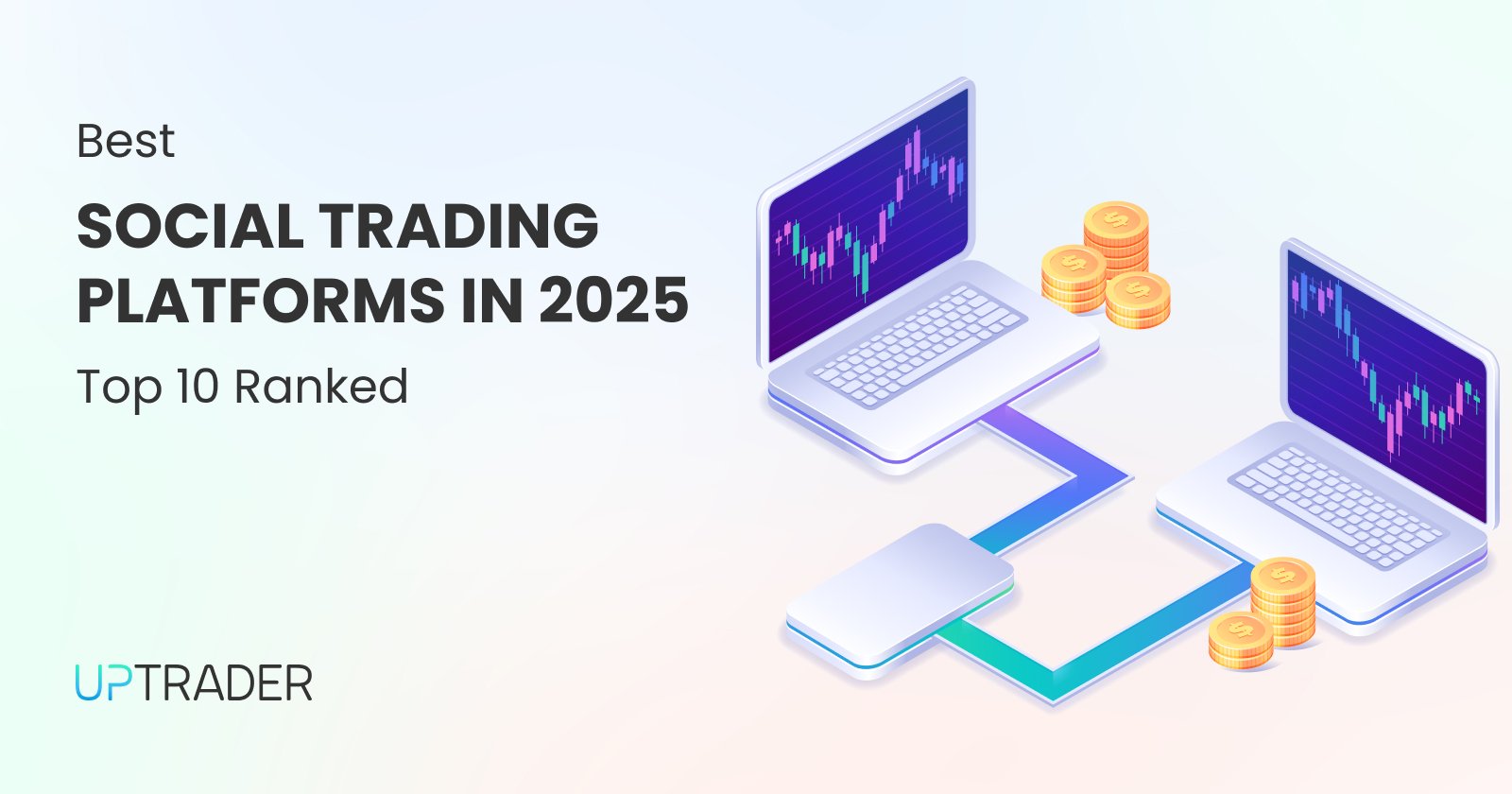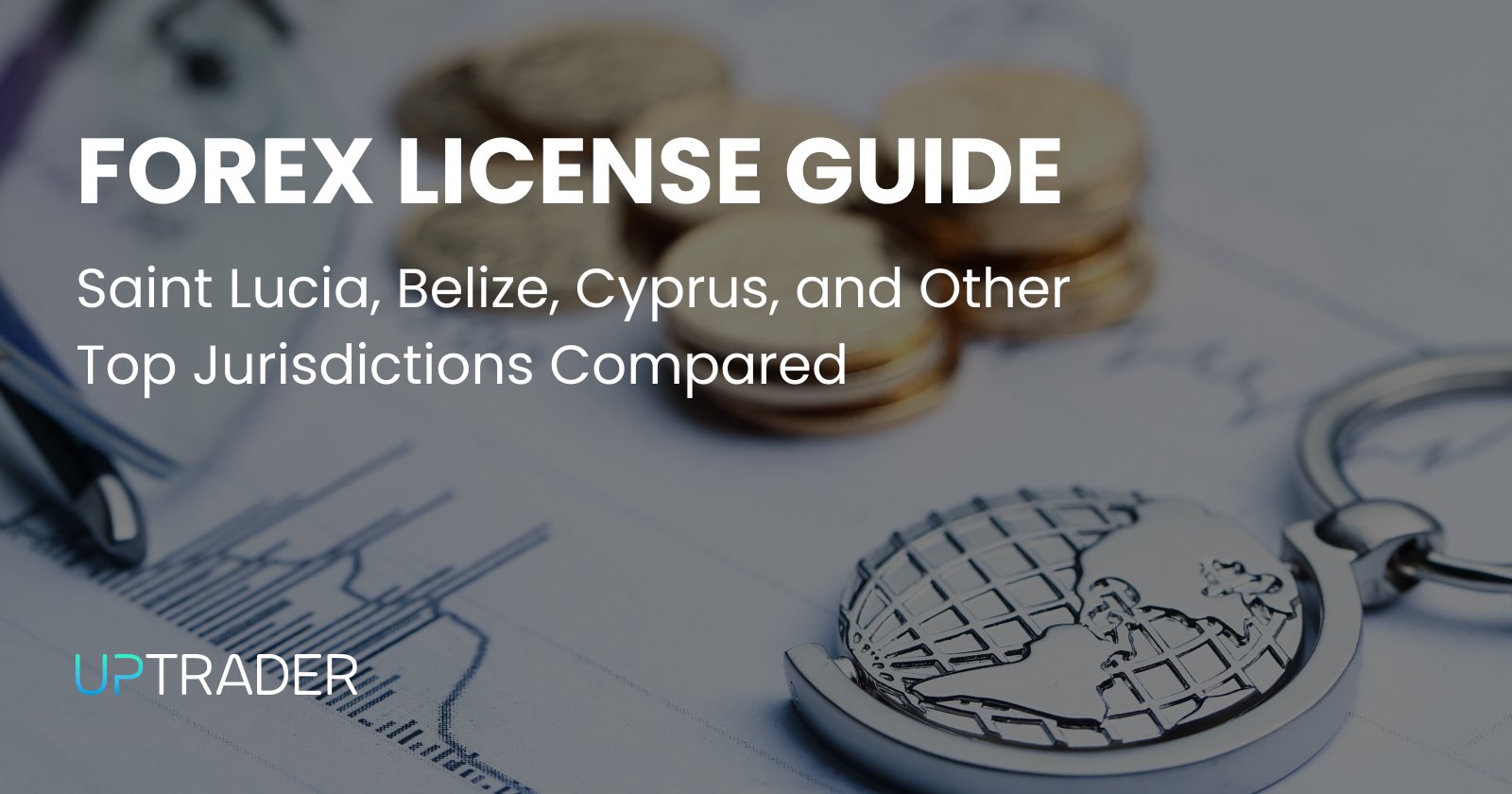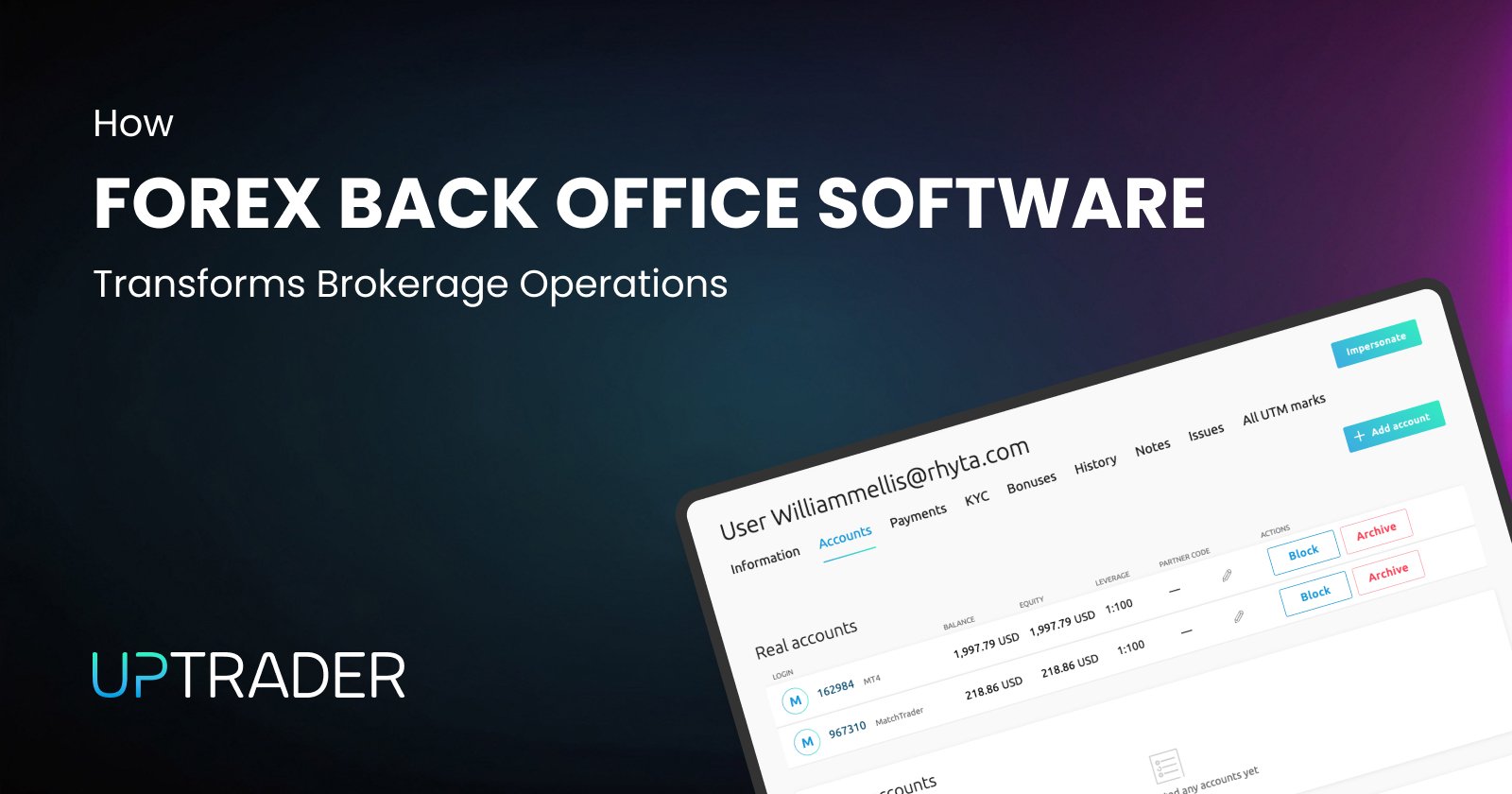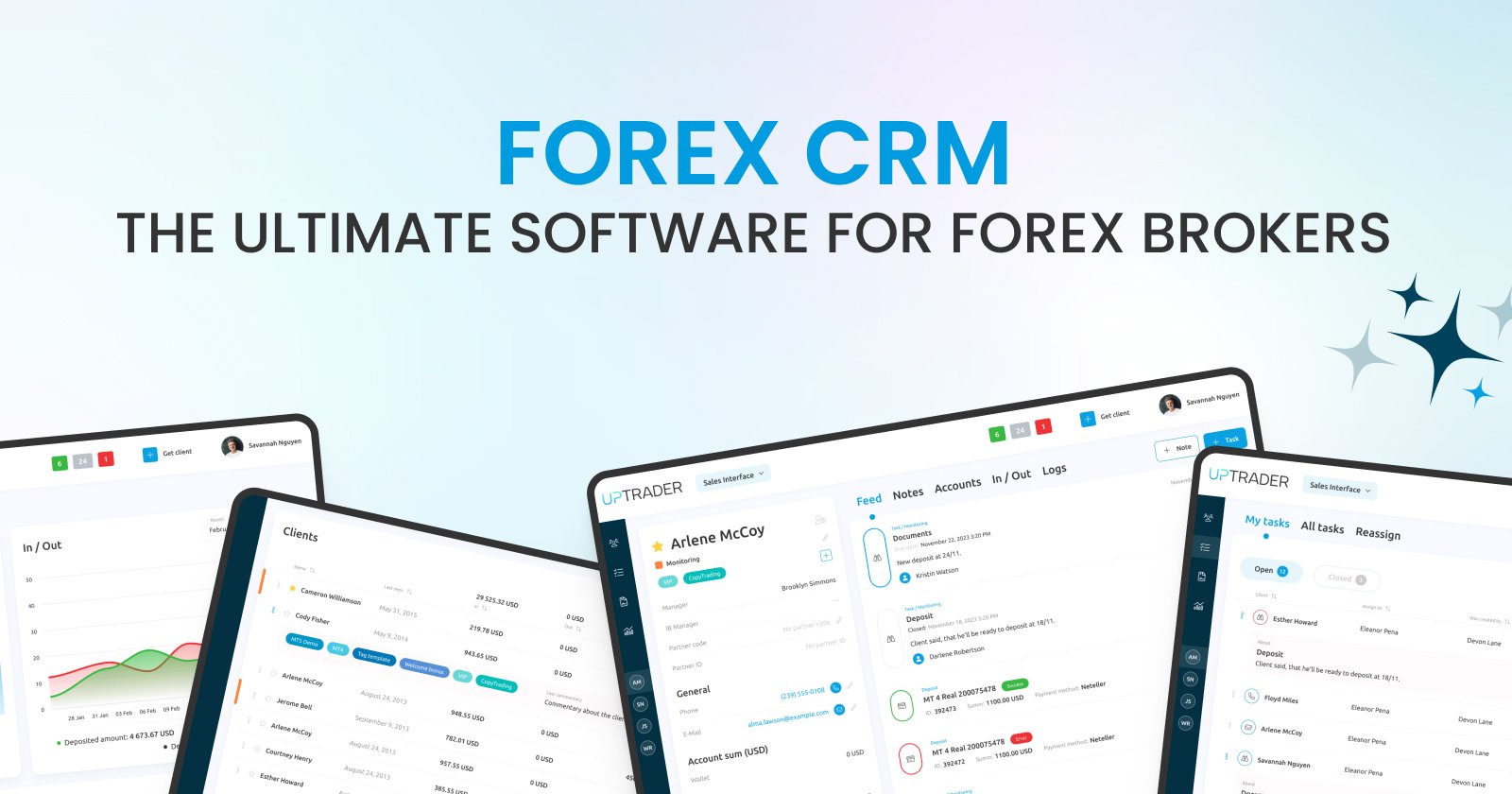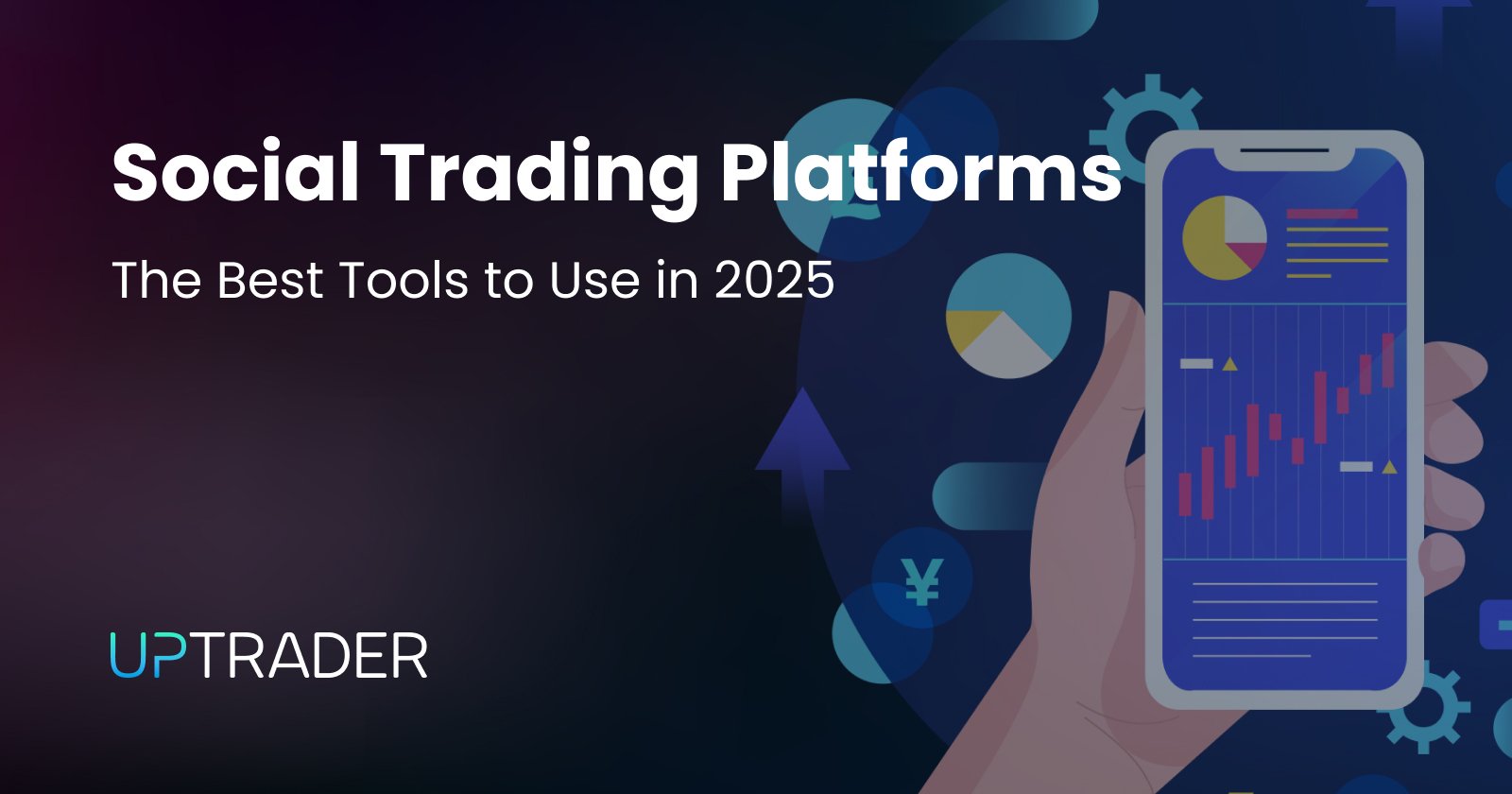
A Complete Guide to Multi-Account Manager Software in 2025
By the end of 2025, Multi Account Manager Software (MAM) will have become an essential and defining asset for brokers and professional traders as it offers ultra-low-latency execution, AI-powered analytics, blockchain audit trails, and cloud-born scalability. Current market leaders provide seamless integration with MT and cTrader ecosystems, supported by flexible allocation techniques, complex risk management, automated compliance, and multi-asset capabilities. Such functionality empowers managers to maintain large client portfolios through a single interface efficiently.
Overview of Multi-Account Manager Software
Professionals such as MAM traders or fund managers use Multi Account Manager (MAM) software to place bulk orders and manage trades for multiple clients, all from a single master terminal. MAM differs from PAMM (Percentage Allocation Management Module) in that it allows profit distribution, controlling profits through lot, equity, percentage, or any hybrid allocation model modalities. Such granularity affords managers the flexibility to tailor allocations to suit individual client goals and risk profiles. Most of the MAM solutions available today integrate with retail trading platforms like MetaTrader 4/5 and cTrader, exposing APIs for proprietary or white label systems, thus automating operations, lowering manual effort, and reducing the risk of errors in execution.
Market Trends and Growth in 2025
Demand for MAM solutions continues to climb as brokers scale up to manage ever-larger assets under management. Several key trends of importance for this year include:
- Blockchain-based Transparency
The audit logs of smart contracts enhance trust for institutional clients as they feature perpetual trade and allocation records.
- Quantum-Resistant Security
Protecting client information with encryption techniques that are resistant to future quantum-computer infringements is becoming standard practice.
- AI and Machine Learning
Modern tools for predictive analytics perform sentiment-driven market scans to detect forthcoming periods of volatility and suggest the most favorable allocation strategies, which involve real-time position auto-rebalancing.
- Cloud-Native Deployments
Architectures based on microservices and Kubernetes provide “always on” availability, flexible scaling during periods of trading activity, and worldwide accessibility during 24/5 market hours.
Key Features to Look for in 2025
When choosing MAM software, consider whether it offers:
- Real-Time, Low-Latency Execution across all connected accounts
- Multiple Allocation Methods (lot-based, equity-based, percentage, hybrid)
- Advanced Risk Management (max-drawdown limits, stop-loss automations)
- AI-Driven Analytics (prediction engines, auto-rebalancing, sentiment scans)
- Automated Compliance & Reporting (AML, MiFID II, GDPR)
- Robust APIs & Integrations (for in-house tools, back-office systems)
- Immutable Audit Logs via blockchain for transparent record-keeping
Top Multi Account Manager Platforms in 2025
MT MAM (4/5)
MetaTrader’s native MAM module supports centralized trade control across MT4 and MT5, customizable fee and commission schemes, live analytics dashboards, and automated compliance checks. Its huge user base and broad library of Expert Advisors make it a go-to choice for brokers transitioning existing MT4/5 clients to managed accounts.
cTrader Copy
Included at no extra cost, cTrader Copy offers copy-trading across managed accounts with cloud-hosted strategy mirroring, built-in compliance workflows, and a streamlined interface for allocating trades to sub-accounts.
UpTrader MAM Pro
Emphasizing decentralized allocation, UpTrader’s MAM Pro uses blockchain smart contracts to enforce allocation rules, AI modules for risk parameter optimization, and synchronized connectivity across cTrader, DXTrade, and other white-labels, with fully customizable client dashboards.
Brokeree Solutions MAM/PAMM Advanced
Brokeree’s hybrid platform bridges PAMM and MAM approaches, supporting both percentage- and fixed-lot allocations. It integrates audit-trail blockchains, real-time risk alerts, and out-of-the-box connectors to major front-end platforms.
PrimeXM XCore
Known for ultra-low latency and multi-asset coverage (forex, crypto, commodities), XCore features quantum-hardened execution, developer-friendly REST and FIX APIs, and modular add-ons for automated back-testing and advanced order types.
Axi Multi Account Manager
Designed for MT4, Axi’s solution streamlines bulk order placement, automates margin and equity checks, and supports licensed discretionary operators under LPOA arrangements, all with 24/5 support.
ClickAlgo cMAM
A Windows-based bridge, ClickAlgo’s cMAM clones trades bi-directionally between cTrader and MT4/5, letting managers use both platforms simultaneously without manual duplication.
Wemastertrade MT4 MAM
Wemastertrade’s MT4 MAM tool automates order rollout, profit-sharing calculations, and capital allocations across an unlimited number of accounts — ideal for boutique fund managers.
Broker Integrations via FXEmpire
Many top retail brokers — including FP Markets, Eightcap, XM, and BlackBull Markets — now embed MAM/PAMM modules under LPOA licensing, giving money managers turnkey access to established liquidity and execution infrastructure.
Implementation Best Practices
- Define Your Strategy First
Clarify allocation models, risk limits, commission structures, and reporting needs before onboarding software.
- Pilot and Back-Test
Run a subset of accounts under live conditions to validate latency, slippage, and allocation accuracy.
- Robust Monitoring & Alerts
Set up automated alerts for execution failures, margin calls, or compliance exceptions, and ensure around-the-clock technical support.
- Client Transparency
Offer clients real-time performance dashboards and easy access to audit logs for trust and retention.
Security, Compliance, and Regulatory Considerations
Security must include end-to-end encryption (with quantum-resistant options), granular permission controls, and immutable blockchain audit trails. Compliance modules should automatically enforce AML, MiFID II, and GDPR rules, generate regulator-ready reports, and maintain extensive logging.
Case Studies and Examples
– FP Markets manages over $500 million in AUM through MT4/5 MAM, achieving sub-millisecond execution and full blockchain-backed auditability.
– IC Markets, Pepperstone, and FOREX.com regularly feature in top-broker lists for MAM services, highlighting consistent reliability and support.
Future Outlook: AI, Blockchain, and Beyond
Next-generation MAM offerings will deepen AI-driven autonomous strategy adjustments, introduce peer-to-peer decentralized exchanges for direct fund flows, and expand cross-asset capabilities into equities and commodities. Integration with DeFi wallets could further broaden the use cases for managed-account services.
Conclusion
In 2025’s fast-moving markets, a robust MAM solution is essential for operational efficiency, regulatory compliance, and superior client service. Evaluate platforms based on your specific needs — whether advanced AI analytics, blockchain transparency, or broad asset support — to stay competitive and deliver top-tier managed trading experiences.
If you want to try UpTrader Invest with amazing functionalities such as PAMM, MAM, Money Management, and much more, then talk to a consultant on our site today to help you set up your software to your needs!





